
How to Use Trekking Poles On Trek?
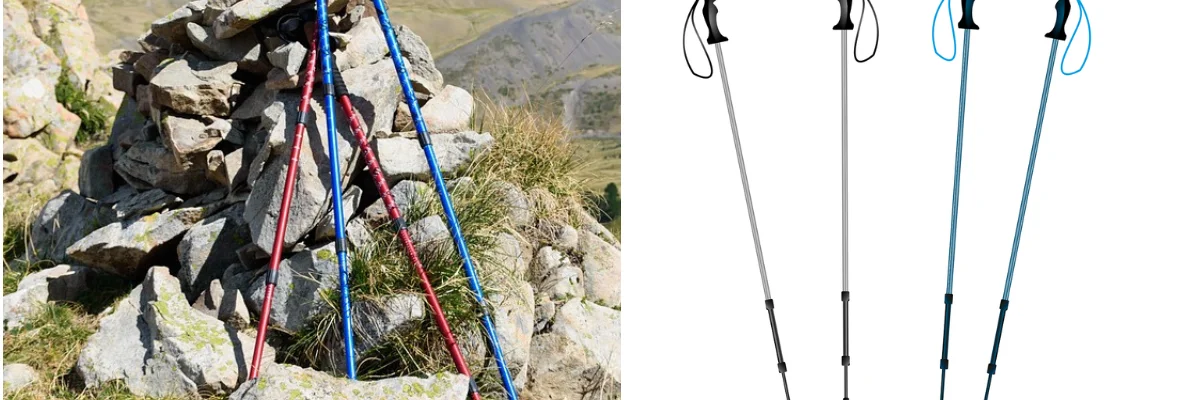
Table of Contents
When hiking across uneven, rocky and rough terrain, trekking poles are game changers. You wanna know how to use trekking poles during trek? stick to us until the end of this article!
What are Trekking Poles?
Trekking poles are used for trekking, hiking or when walking on rugged terrains. Trekking poles give you confidence and stability while walking on uneven terrains like Himalayan region of Nepal. It helps to reduce stress on your joints like knees and backbone. If you are obese or have joint disease, trekking poles can be significant help for you when going uphill or downhill.
Why Use Trekking Poles?
Trekking poles provide real assistance to hikers, walkers, and trekkers since they act as dependable companions who can support you through challenging hiking situations. Most people don’t know how to use trekking poles during trek. Trekking poles function as supportive tools that minimize knee strain, specifically during uphill and downhill slopes like Everest Base Camp Trek. Trekking poles provide improved stability when walking on rough terrains, including uneven trails and crossing rivers.
Trekking poles engage your upper body muscles to turn your hike into a complete body exercise, which reduces pressure on your legs. Trail safety becomes more attainable when you utilize poles because they make your movement more efficient and stable while decreasing exhaustion. This leads to enhanced performance from starting of trail to ending of trail.
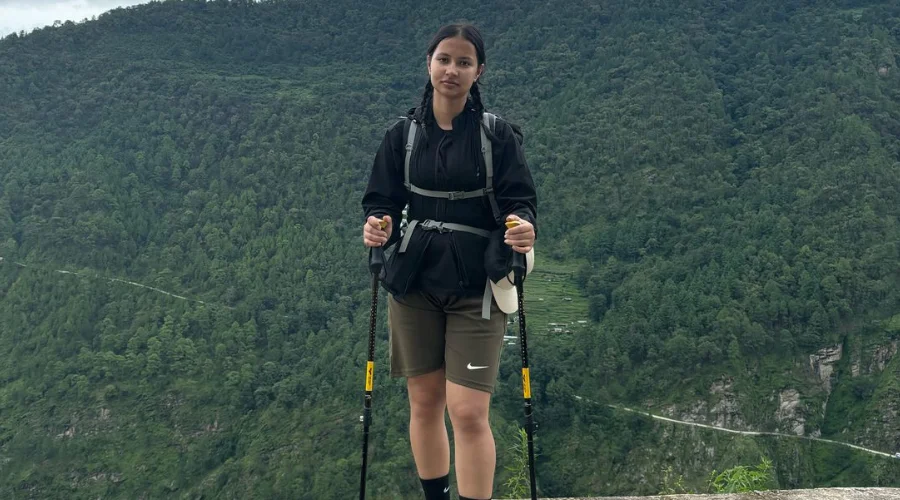
Step-by-step Guide on How to Use Trekking Poles During Trek or Hike
Here is the detailed guide on how to use trekking poles for your best experience.
Adjust the Pole Length
Adjust pole length by holding the grips while your elbow creates a natural 90-degree position. While ascending, fix your poles in shorter lengths for maximum leverage.
Use the Wrist Straps Correctly
After passing your hand through the strap, pull it down onto the grip. The support system provides stability without requiring a firm hand grasp, which lowers exhaustion.
Hold the Grips Naturally
Position the fingers of your hand to comfortably grip the pole handle. Avoid gripping the handles tightly since gripping tightly might fatigue your arm.
Find a Natural Rhythm
Position your body for natural walking, as your arms and poles should swing effortlessly. When stepping left foot, extend right pole and when stepping right foot, extend left pole.
Plant Poles Securely
The pole tip needs to touch the solid ground at a slight backward angle during placement. Hit the ground with your poles directly in front of you, but remember to pay attention to slippery or unsafe floor conditions.
Adjust Technique for Terrain
- Uphill: When climbing uphill, shorten your poles while planting them near your body to achieve upward propulsion.
- Downhill: Lengthen your trekking poles and plant them little aside and ahead your foot to gain maximum leverage, which helps in easy ascending and avoiding knee injuries.
- Side Hills: Adjust pole length to be shorter for the uphill side and longer for the downhill side.
How to Use Trekking Poles on Trek?
The use of trekking poles on a multi-day hike supports your stability and decreases muscle strain while decreasing the energy you need. The poles should be shorter when climbing uphill but longer when descending downhill.
Flat terrain requires you to plant both poles with each opposite footstep in a controlled rhythmic pattern. When walking on rocky terrain, slippery ridges or crossing rivers, it is best to use both poles simultaneously. Relax your hold on the straps while making changes to hand grip during your trekking. You can calculate the height of the trekking pole by using the built-in scale on poles.
When to Use Trekking Poles?
Trekking poles should be used for ascent, descents, rocky surfaces, river crossing and when your legs need a break. Trekking poles are extremely beneficial since they provide stability and preserve energy, especially when you carry big backpacks.
Do Trekking Poles Differ for Men, Women, and Kids?
Usually, trekking poles are unisex; they can be used by both males and females, while kids trekking poles need extra adjustment. Trekking poles for males, females and kids only differ in terms of weight, length and grip. You can choose trekking poles according to your preference.
Does Height and Weight Affect while Choosing Trekking Poles?
Taller trekkers definitely need longer poles; shorter people need short length poles. Most poles are adjustable, so you can adjust the height of the pole for comfort. If you’re heavier or carrying a big pack, go for stronger, more durable poles made with tough materials like aluminium, as they offer better support.
How do you use trekking poles for the best results?
- For a better hold, you can use the following techniques
- Plant both your trekking poles at the same time to climb uphill
- Plant the poles firmly between rock surfaces to not fall or slip.
- When on sidehills, make one of your poles short and the other longer to balance yourself from falling.
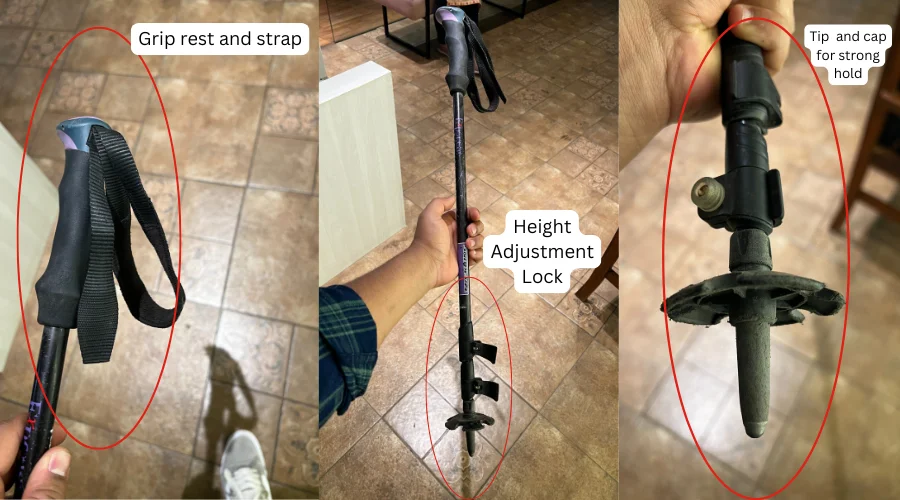
Tips for Choosing the Right Trekking Poles
The selection of appropriate trekking poles leads to improved safety and enhanced comfort while hiking on different terrains. These are the tips to consider when choosing trekking poles.
Adjustable vs Fixed Length
Adjustable poles allow you to adjust the length of the poles according to your comfort. Fixed poles are lightweight but come with limited functionality.
Pole Material
When climbing rough terrain, aluminium poles prove to be sturdy and resistant to damage. Since carbon fibre weighs lighter than other materials, it breaks when subjected to intense pressure.
Grip Type
Cork grips mould to your hands, absorbs sweat, and reduces vibration. Foam is soft and absorbs moisture, while rubber is best for cold weather, but it can cause sweaty hands.
Strap Comfort
Look for padded, adjustable wrist straps that support your hands without causing irritation.
Weight
Lightweight poles provide you comfort by not making your arms fatigued, but good poles are heavier, which provides durability and stability.
Shock Absorption
Some trekking poles have shock-absorbing features that provide excellent support during downhill journeys and foot sleeping. Poles with shock absorption are best for people coping with joint problems. But they are a bit heavy.
Foldability
For the convenience of travel, foldable poles are required that can easily fit inside your backpack space.
Locking Mechanism
Everyone should have a pole that has solid locking mechanism.
Common Mistakes to Avoid
There are mistakes you have to avoid while choosing trekking poles for your journey.
Using the wrong pole length
The improper adjustment of poles during uphill or downhill paths might result in discomfort and physical strain on your body. You should readjust your poles based on the surface incline.
Gripping too tightly
Making the grip too tight might result in blisters and arm fatigue. Use straps attached to poles to reduce the tension in your hand.
Using poles on flat terrain constantly
Using trekking poles unnecessarily might make your hands tired. When on a flat surface, fold them up and keep them in the bag.
Check the condition of the trekking poles
Trekking poles can get damaged or zinced if kept for long time. You should keep checking their functionality.
Choosing poles that are too heavy
Heavier poles can wear you out faster. Opt for a balance between strength and weight for comfort.
Not maintaining poles properly
After use, clean and check your trekking poles to ensure they’re working properly for the next hike.
Want to know more?
Speak to an Expert





Sandip Dhungana
Nepal 🇳🇵
Whatsapp: +977-9823636377








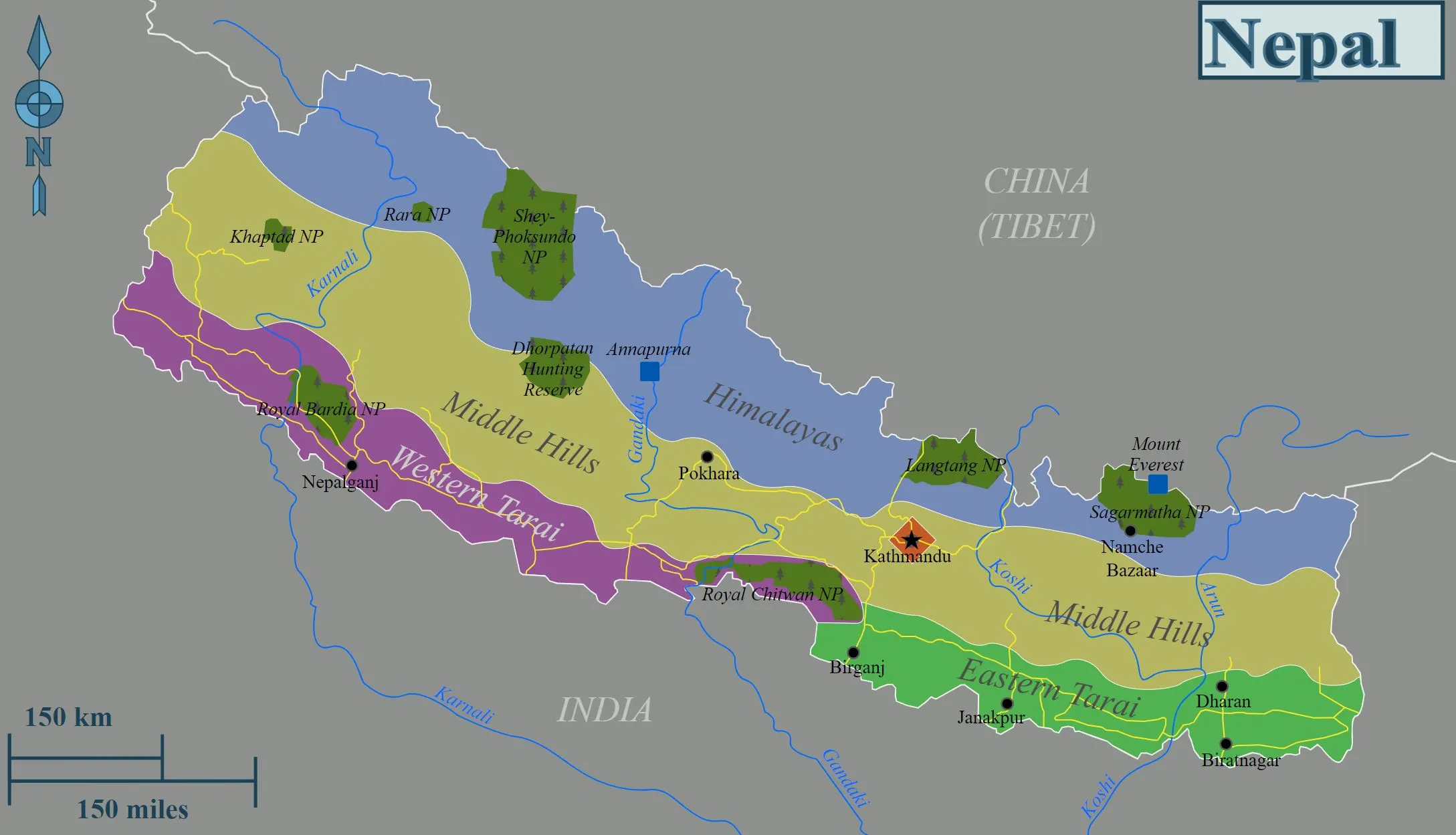




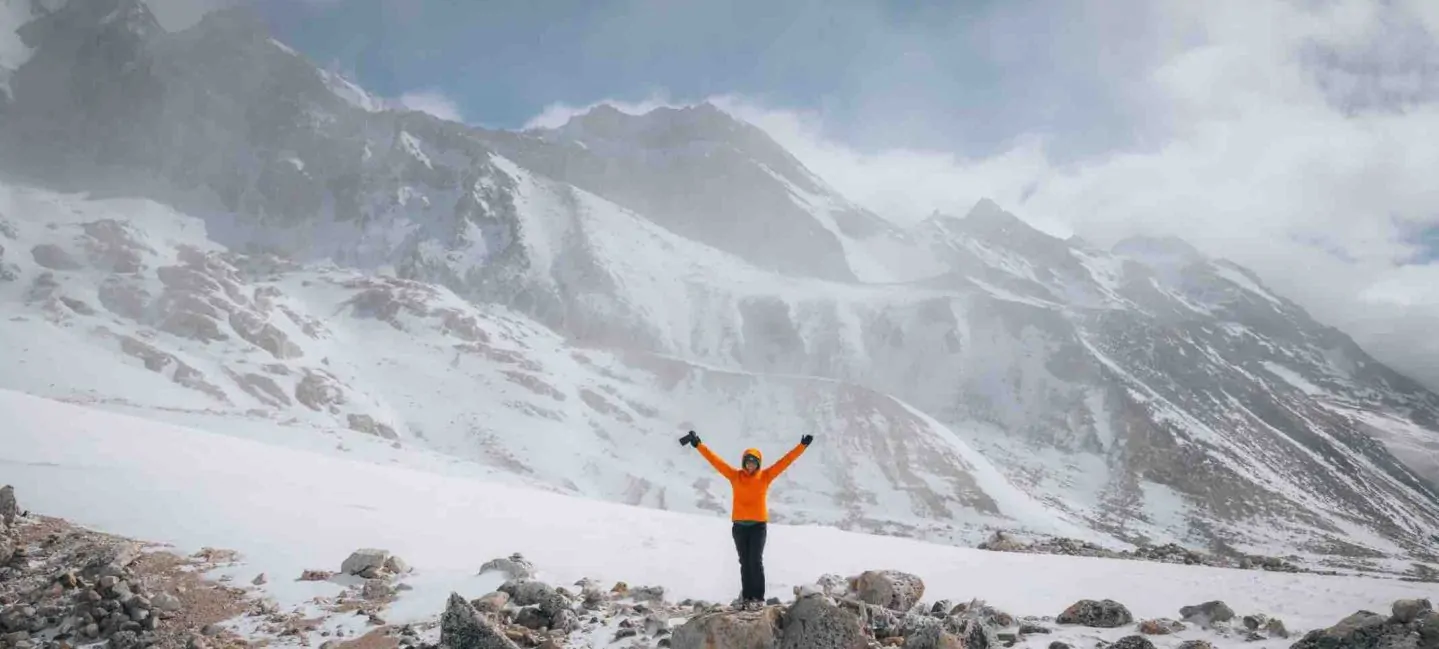













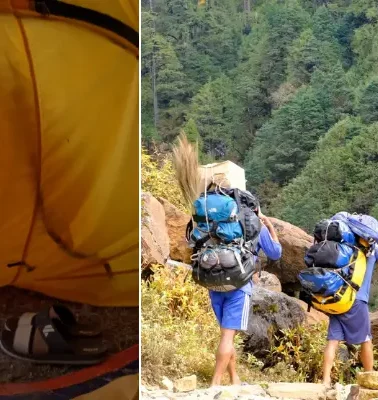

Leave Your Comment